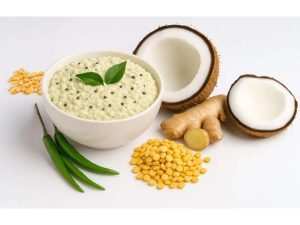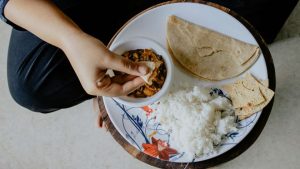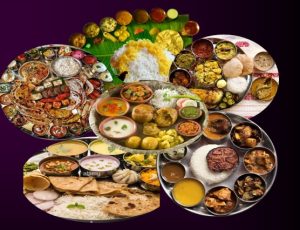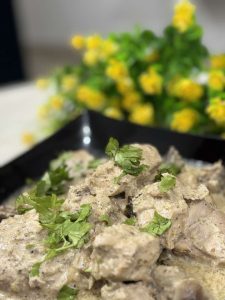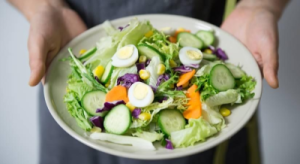Banana peels are rich in fibre, potassium, magnesium, and antioxidant compounds. When dried and ground into a fine powder, the resulting banana peel flour can be used as a partial substitute for wheat flour in baked goods
In a recent innovative study, researchers have found that incorporating banana peel flour into sugar cookie dough not only enhances the nutritional content of the cookies but also improves their overall taste and texture. The findings, published in the journal ACS Food Science and Technology, reflect a growing trend toward sustainable food practices and plant-based diets.
Traditionally discarded or composted, banana peels are now being transformed into culinary ingredients that go far beyond the trash bin. From being fried into “banana peel bacon” to replacing pork in sandwiches as “pulled peel,” these fibrous skins are gaining popularity among eco-conscious chefs and home cooks. However, due to their tough texture and astringent taste when raw, banana peels haven’t been widely used in their natural form. That is now changing with the advent of banana peel flour.
Banana peels are rich in fibre, potassium, magnesium, and antioxidant compounds. When dried and ground into a fine powder, the resulting banana peel flour can be used as a partial substitute for wheat flour in baked goods. Previous experiments have already shown success in adding banana peel flour to breads and cakes, improving their nutritional profile without significantly affecting taste or texture. However, similar applications in cookies have not been studied extensively—until now.
To explore this possibility, researcher Faizan Ahmad and his team set out to examine how replacing a portion of wheat flour with banana peel flour would affect the nutritional value, shelf life, and consumer acceptance of sugar cookies. For the experiment, ripe and blemish-free banana peels were collected, blanched, dried, and then milled into a fine, light brown powder to create the banana peel flour.
The team then baked five different batches of sugar cookies using varying ratios of banana peel flour—ranging from 0% (the control) to 15%. These batches also included butter, skim milk powder, powdered sugar, vegetable oil, and wheat flour as base ingredients. As more banana peel flour was added, the cookies became browner and denser, which the researchers attribute to the higher fibre content of the flour.
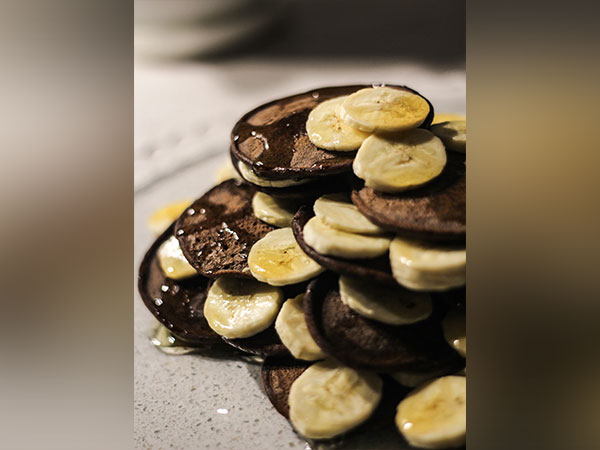
From a nutritional standpoint, the banana peel-enriched cookies contained increased levels of phenols and displayed enhanced antioxidant properties compared to traditional sugar cookies. They also had lower fat and protein content, potentially making them a healthier snack option. But nutrition alone isn’t enough — taste matters too. To test the appeal of the cookies, a trained sensory panel evaluated them based on texture, flavor, appearance, and overall acceptability. The results were encouraging: cookies with a 7.5% substitution of banana peel flour received the highest scores in terms of texture and overall appeal. The panel found these cookies to have a satisfying crunch and pleasant flavor, making them preferable even over the traditional, wheat-only versions.
One of the most promising findings was related to shelf life. The batch with 7.5% banana peel flour retained its taste and texture even after three months of storage at room temperature, proving that the flour substitution did not compromise freshness or quality over time.
The researchers concluded that banana peel flour could be a valuable addition to baked goods, especially cookies, as it increases the nutritional value without sacrificing taste or consumer enjoyment. With global interest growing in sustainable, plant-based, and waste-reducing culinary innovations, banana peel flour may soon become a staple in health-conscious and environmentally-aware kitchens. As we continue to seek creative solutions to food waste and dietary health, turning fruit scraps like banana peels into functional ingredients is both a practical and promising step forward.




